
Food and Agricultural Value Chain Magazine
MAGAZINE PREVIEW; PLEASE CLICK ON THE TO FLIP BETWEEN PAGES AND SELECT YOUR OWN PAGE
CONTENT
Contents
...................... 3
Editorial: UNLEASHING THE NEW VISION FOR
AGRICULTURE WITH KIAGRO AND FAMEN FRAMEWORKS
......................4
Background/Problem: Case
study on Yaa Catherine Beri Wirba, a
farmer and victim whose livelihood has
been greatly affected by anglophone Crisis
...................... 6
Solution Frameworks: with
KIAGRO and FAMEN Initiatives
.................10
Milestone 1: Roundtable Conference on Food and
Agricultural Value Chain
................ 12
Milestone 2: Capacity Building for
Participants farmers and Vendors to create their online
Agrostores
................16
Milestone 3: Virtual Pre-planting Digital Fair targeting agro-input vendors and
Registered farmers
................ 22
milestone 4: Food and Agricultural
After Harvest Festival and value chain
summit (Agro Digital Fair and EXPO)
.................24
Implementation: Timeframe, Budget
Analysis and Sponsorships)
................28
KIAGRO Store Subscription: Packages for online
Agro Online stores in KIAGRO
................ 30
Implementation and management
Approach
................ 34
About the Implementing Organization;
Vision, Mission,
milestones and Institutional
Capacity
.................36
EDITORIAL
The advent of low-cost communications technology has made possible new collaborative approaches to business management and oversight that operate according to the new set of shared operatives and ethical principles in many sectors, and Agriculture is not left out.
Amongst many sectors in our local and regional economies that are re-structuring to adapt new technological operatives to enhance transparency and accountability in the market, as the case in the Banking and Finance sector, Agriculture as the backbone of Cameroon and African economies and the major source of livelihood especially for the rural poor is still being practiced at the grassroots and in Small Holder Producers Initiatives levels that has long existed from time immemorial and still counting.
It is not coincidental that the concept of Food and Agricultural Value/Supply Chain initiative is emerging at a time when our major source of livelihood and the backbone of our local, regional, and national economy “Agriculture” is being threatened by the ongoing Socio-Political (“Anglophone”) Crisis in the North and South West Regions of Cameroon, and coupled with the Global pandemic “COVID19”. This sector has been grounded for over 5 years today alongside the livelihoods of 80% of inhabitants whose existence and welfare solely depends on it if nothing is done. Hence, there is an urgent need to re-define a New Vision for Agriculture, to raise standards from grassroots indigenous farming and Small Holder Producers Initiatives to Food and Agricultural Micro- Enterprise Vision initiative which can only be achieved by creating and establishing a “Reformed Food and Agricultural Value/Supply Chain system.
For this vision to be achieved in the midst of the Crisis and COVID19 Pandemic, it needs a new model of organization that is beginning to pop up in the agribusiness sector in many developing and developed countries that seeks to merge social mission objectives with core business operating principles.
Known as Food and Agricultural Supply Value Chains, these business arrangements are distinguished by their commitment to transparency, collaborative business planning and exchange of market intelligence and business know-how among chain partners, and their interest in developing business strategies and solutions that yield tangible benefits to each participant in the system.
Trade-in agricultural and food products have changed over time, with the food we eat increasingly being delivered by global production systems that cross many borders. Thanks to the advent of New Technologies and innovation that is capable of making it possible for Potatoes produced in Nso and Santa, for example, is processed into flour in Douala and Yaoundé, and then exported to make noodles in China, and bread in other African and the Middle East countries.
However, external factors that have contributed to the rise of the value chain in Agriculture in recent years include the following:
The growing segmentation of the consumer market,
The escalating demand for specialized, highly differentiated food products even at higher price points and
The increasing appeal of food items that are produced in accordance with desired social or environmental welfare standards (organic agriculture).
I-GLOBE’s commitment to this vision has led to the designing of frameworks with innovation and technology to create and fully establish Food and Agricultural Value Chain system which are:
KIAGRO: Food and Agricultural Value Chain Technologies and
FAMEN: Food and Agricultural Micro-Enterprise (a 3-year program for agricultural value chain development in the North and Southwest Region of Cameroon.
These 2 frameworks are planned to oversee the following milestones:
MILESTONE 1: Organize the Roundtable Conference on Food and Agricultural Value/Supply Chain
MILESTONE 2: Capacity Building for Agro business actors (input suppliers) and farmers to create their food and agricultural Stores in KIAGRO
MILESTONE 3: Organize Pre-Planting Agricultural Fair for Farmers to get opportunities to buy equipment and input at a subsidized price
MILESTONE 4: Organize After Harvest Food and Agricultural Festival and Value Chain Summit.






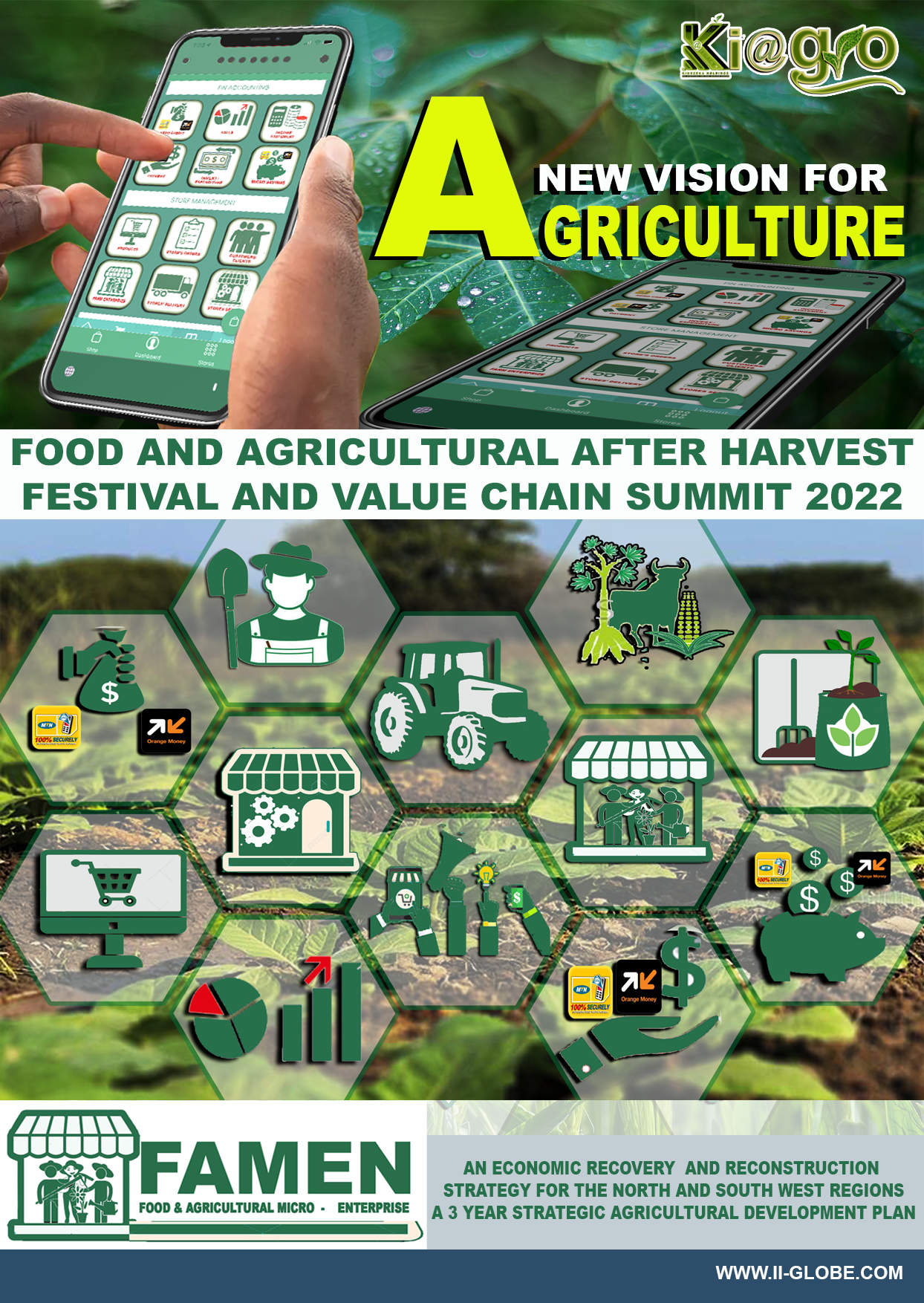
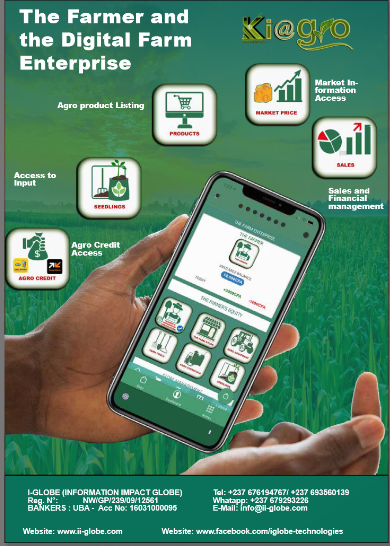
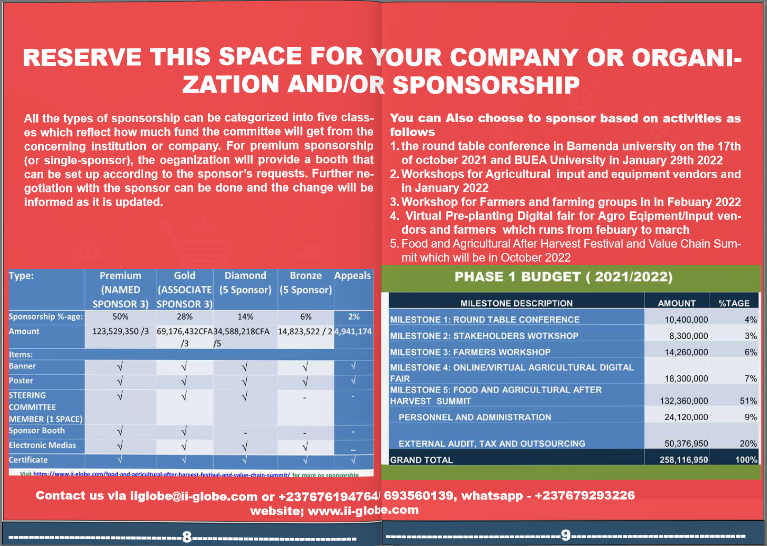
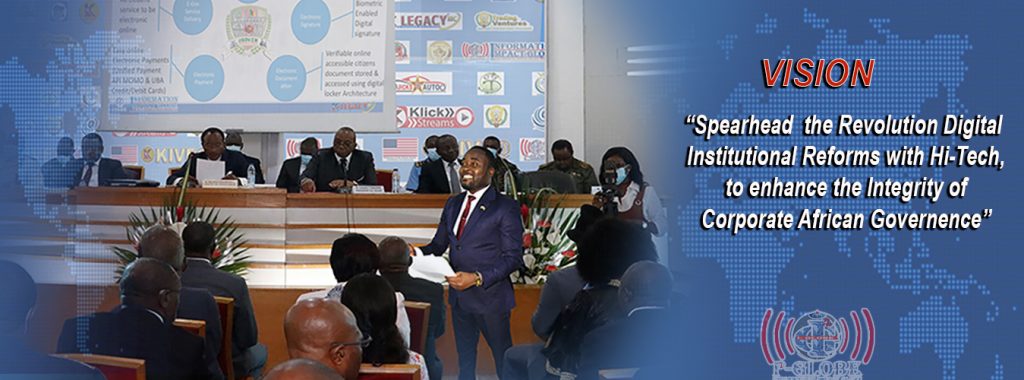





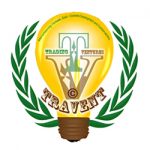
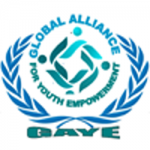


Responses